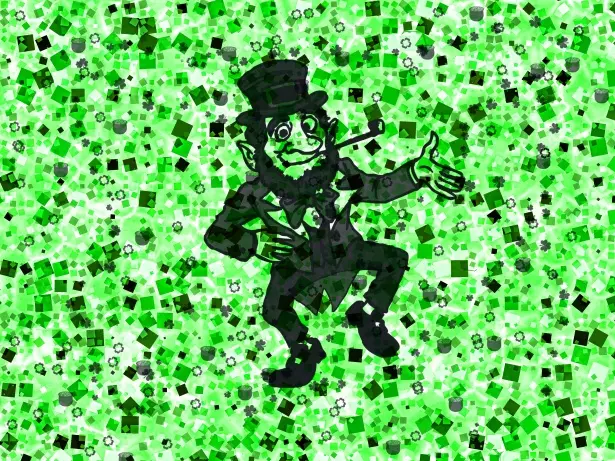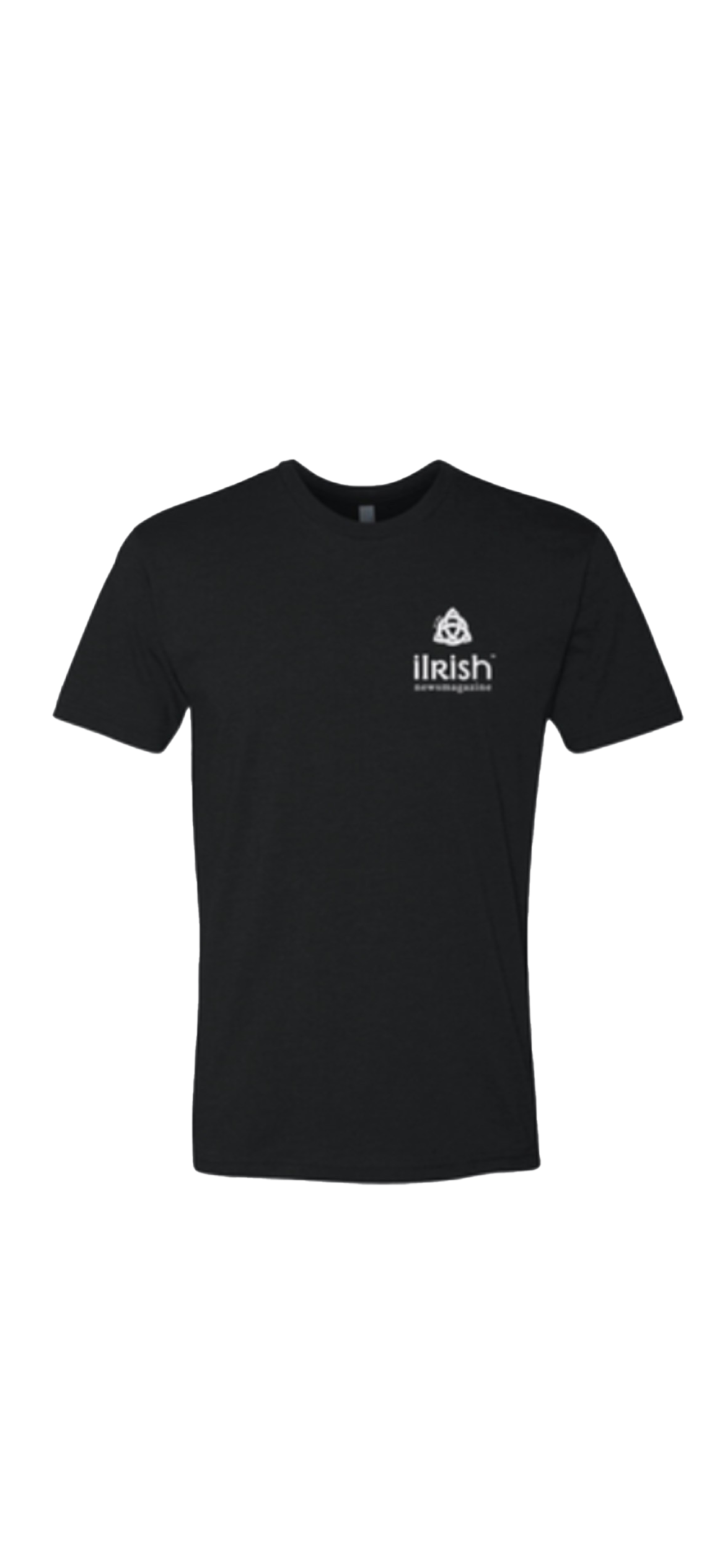Where Did the U.S. Find Its Leprechaun?
- John O'Brien
- November 29, 2019
- Edited 3 months ago
Table of Contents
Where Did the U.S. Find Its Leprechaun
As many of Irish descent are well aware, the common American image of the leprechaun is largely a distortion or caricature based loosely on history and lore.
Some find it offensive, which has led to conversations such as the ongoing one about “https://www.irishcentral.com/news/notre-dame-fighting-irish-offensive“whether or not Notre Dame’s mascot is a problem</a>. Others find leprechauns harmless, or simply don’t mind them one way or the other. It could even be that some find them charming, or take pride in the notion of terms like the “Fighting Irish” being rooted in early immigrants’ rough-and-tumble reputations (even if this is perhaps a positive way to spin what’s meant by “Fighting Irish”).

We aren’t here to litigate whether or not the common American depiction of a leprechaun is offensive though. That’s for individuals to form an opinion on, and far be it from us to tell others what should or should not offend them. What is interesting though is to look back on where exactly this image came from, and how it’s evolved.
Early Origins
There is enough debate about the origins of the modern leprechaun character and myth that there can be no one precise answer. For any who are curious or who may never have thought about this before though, Holidappy actually did a fairly thorough “https://holidappy.com/holidays/The-Origins-of-Leprechauns-Where” write-up of early examples</a>. The article cites early texts including Dekker’s <em>The New Whore</em>, a 17th-century work that mentions “your Irish Lubrican,” a spirit; the Oxford Dictionary’s note of the term “leath bhrogan,” meaning shoe-maker, as an origin of the word itself; and the mythological Tuatha De Danann, who were immortal, worshipped figures whom Yeats noted grew small in size when they were no longer worshipped.
Again, there’s debate over any single origin. But in a way, that may actually make the modern image of the leprechaun easier to understand. Attempting to trace small, bearded men clad in green, dropping gold coins out of their pockets and conducting mischief, to a single source is all but impossible. Taking the image as an amalgam, however, of various characters, mythologies, and even early engravings and depictions, one can begin to see how something approaching caricature emerged as the definitive image.
<strong>Associations With Wealth</strong>
The same Holidappy piece, as well as other sources, traces leprechauns’ involvement with wealth and gold to a legend regarding a Danish invasion of Ireland. Basically, the Danes are said to have left their plunder in the care of leprechauns, who pilfered it to stash wherever they were able to.
Over time it’s easy to see how this mythology led to the popular idea of leprechauns hiding gold. And it’s actually this aspect of the creatures that has perhaps contributed most to their international spread. Storybooks and legends (even ones as simple as finding a leprechaun guarding a pot of gold at the end of a rainbow) transcended history and borders, finding a home, particularly, in the U.S. And in a more modern sense, we even see certain kinds of games perpetuating these myths internationally. An American need look no further than <a href=”https://www.slotsource.ca“>Canada’s online casino collections</a> to find the popular “Rainbow Riches” game, which revolves entirely around the common imagery of a leprechaun, a rainbow, and gold.
<strong>The Modern Image</strong>
All of the above has contributed to the image so much of the U.S. now associates with leprechauns. Though there are <a href=”https://www.livescience.com/37626-leprechauns.html“>other American pop culture sources</a> that have also played a role. Namely, the 1959 Disney film <em>Darby O’Gill and the Little People</em> presented something quite close to the modern caricature. The popular breakfast cereal Lucky Charms did the same, and has stuck by a similar image for decades. Sources like these, while by no means origins for leprechaun mythology in general, essentially built on the spattering of earlier source material and created something more commercial, or relevant to pop culture. Basically, they turned a legend into a cartoonish character, easily replicated or called to mind.
Where this leaves us in terms of what the modern image means is, again, open to individual interpretation. But it’s actually fairly interesting to look back on such a mainstream image’s roots in legend and subsequent interpretation over centuries.




